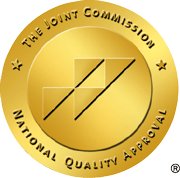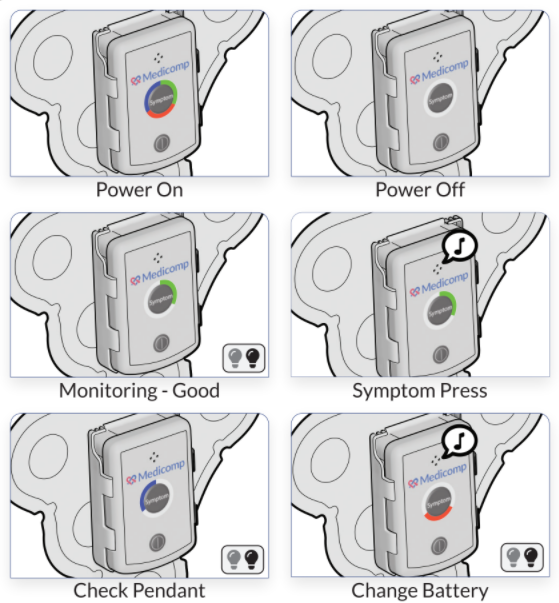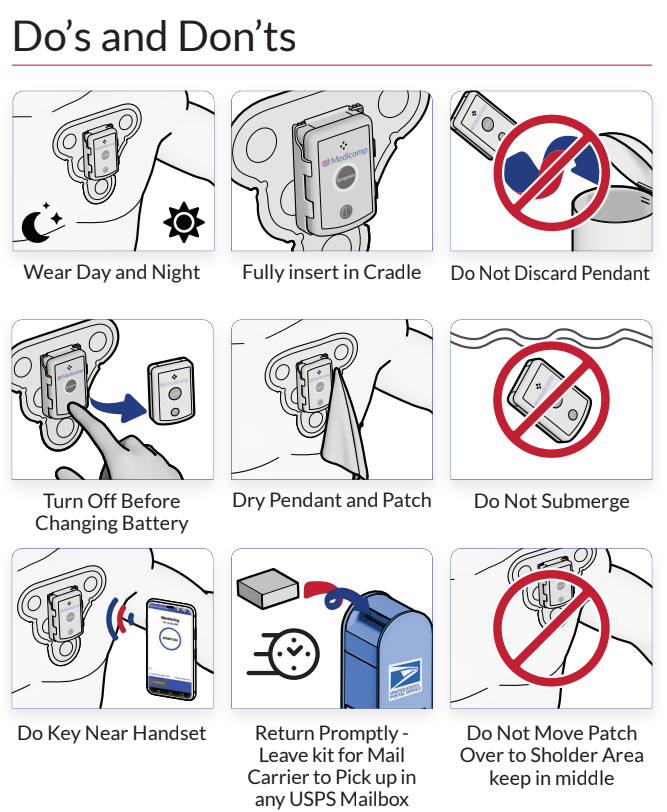As you go about your daily business, your heart pumps blood through your body at a steady pace. You barely notice it as it works because the steady beat is something you’re used to feeling. However, you may notice on occasion that your heart suddenly skips a beat or picks up and beats faster for a split second. This is known as an arrhythmia and they are common occurrences that happen from time to time. One specific example of an arrhythmia is an atrial fibrillation.
Atrial fibrillation is the most common type of cardiac arrhythmia. An atrial fibrillation occurs when the top two chambers of the heart, known as the atria, begin to quiver. Sometimes these chambers will beat as much as four times as normal. The heart and its beat are controlled by electrical signals that run up and down the heart at a steady pace. These electrical signals originate from a group of cells called the sinoatrial node. In a healthy heart, the signal is sent 60 to 100 times a minute. However, when an atrial fibrillation occurs the signal is sent from another node first, throwing off the rhythm.
Most of the time, these fibrillations are nothing to be alarmed about, and most of them go unnoticed. However, atrial fibrillations can signal the onset of serious heart problems like a stroke because of the disruption in normal blood flow. Recognizing the symptoms of problematic atrial fibrillations is important to receive quick and decisive medical treatment. Symptoms include:
- Fatigue
- Abdominal and/or chest pain
- Heart palpitations
- Shortness of breath
- Lightheadedness
- Difficulty exercising
Make sure your patients are well aware of the symptoms associated with atrial fibrillation. If they experience these symptoms, they should seek medical assistance immediately. Atrial fibrillations can affect anyone but tend to create complications in older people.
To learn more about different kinds of arrhythmias and arrhythmia monitoring, take a look at the ReactDx Inc. blogs today. How else do you counsel your patients about atrial fibrillation and other heart disease? Tell us your tips and we’ll share them with our followers.



